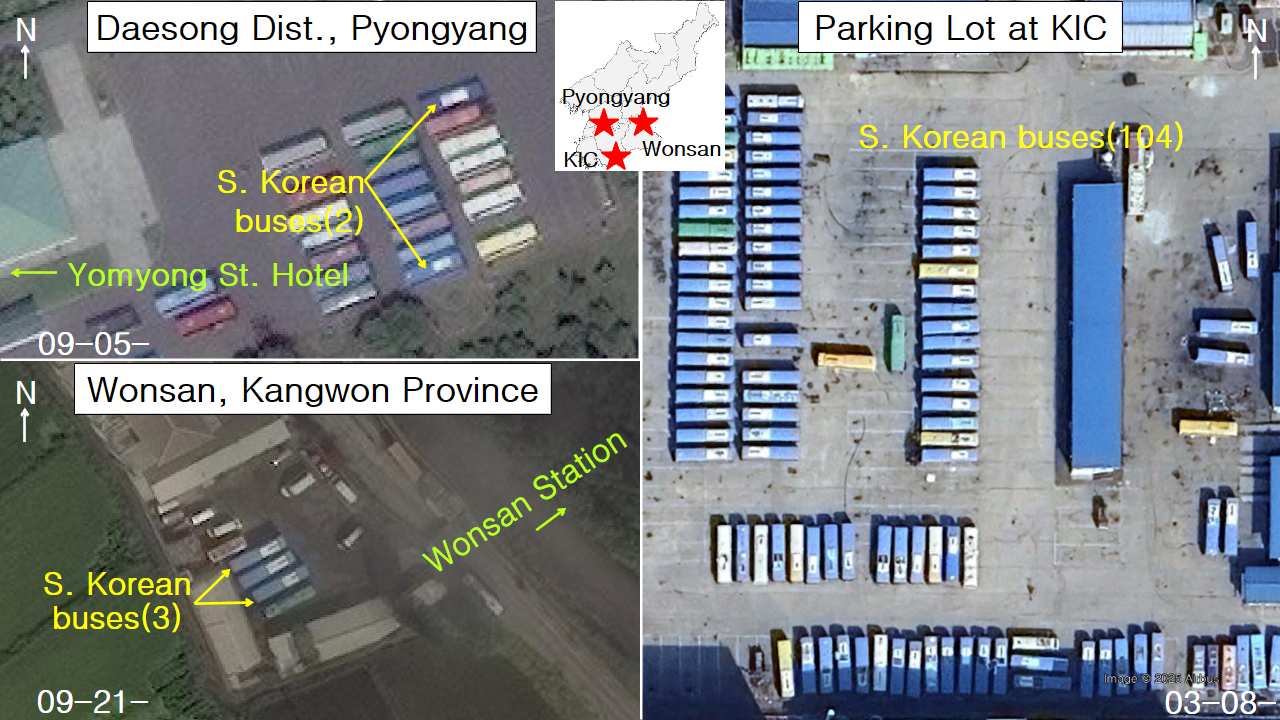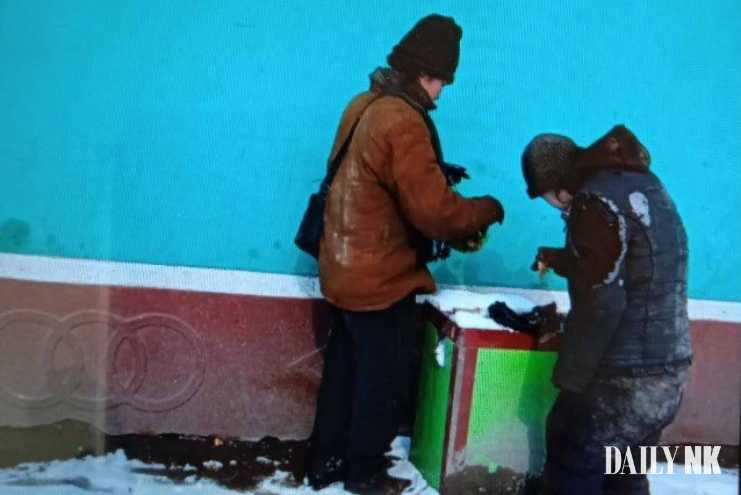FILE PHOTO: North Koreans are seen peddling goods at a street market in Hyesan, Yanggang Province. (© Daily NK)
Rice prices are plunging at North Korean marketplaces as demand falls with this year’s corn harvest and imported grains reaching markets, even as exchange rate fluctuations continue to drive volatility.
According to Daily NK’s periodic survey of North Korean market prices, one kilogram of rice traded for 21,200 North Korean won at a marketplace in Pyongyang on Oct. 26. That marked a decrease of 29.3% from the previous survey on Oct. 12, when a kilogram of rice sold for 30,000 won.
The price of rice has fallen by a similar amount in other parts of the country. A kilogram of rice traded for 21,400 won at a marketplace in Hyesan on Oct. 26, down 31.6% from the previous survey two weeks ago.
Seasonal corn harvest drives shift in demand
One big reason rice prices are falling is because this year’s corn is finally reaching the market after being harvested and dried in September.
“Late October is when the bulk of the year’s corn crop reaches markets. That’s a time when there’s more demand for corn than rice, which can suppress rice prices temporarily,” said Cho Chung-hee, director of Good Farmers’ research institute and an expert on North Korean agriculture, in a phone call with Daily NK.
Another apparent factor behind the lower rice prices is the fact that imported grains are being supplied to markets. Multiple sources in North Korea said that imported rice, corn and wheat have been steadily entering the country via border cities including Sinuiju and Hyesan.
Some sources in North Korea say the authorities are pressuring vendors not to raise rice prices. But any state-imposed reduction in rice prices would be only temporary, with rice prices likely to rebound afterward.
The market prices of corn have also moved downward. As of Oct. 26, a kilogram of corn traded for 4,800 won and 4,700 won, respectively, at markets in the capital of Pyongyang and Sinuiju, North Pyongan province. Those prices represented a 4% and 4.1% decline from the previous survey.
This suggests that while demand for corn is high, shipments of this year’s corn crop are still reaching marketplaces, moderately suppressing the price of last year’s corn.
In a related move, the won-to-dollar exchange rate appears to be climbing. On Oct. 26, one U.S. dollar sold for 38,200 won at a market in Pyongyang, up 1.9% from Oct. 12.
In Sinuiju, the won-to-dollar exchange rate was 38,250 won on the same day, representing a 3.4% increase from two weeks before.
In contrast, the won-to-yuan exchange rate has been slipping noticeably. At a market in Sinuiju on Oct. 26, the yuan traded for 4,850 won, a full 10.2% lower than in the previous survey. Even in Hyesan, where the yuan is used relatively often, the yuan-won exchange rate stood at 4,920 won on Oct. 26, which was 9.1% lower than on Oct. 12.
The survey found that the price of oil, a leading imported good, has fallen somewhat. Gasoline and diesel sold for 42,000 won and 40,900 won per liter respectively, at a marketplace in Pyongyang on Oct. 26, down 2.3% and 1.9% from two weeks before.
Read in Korean





